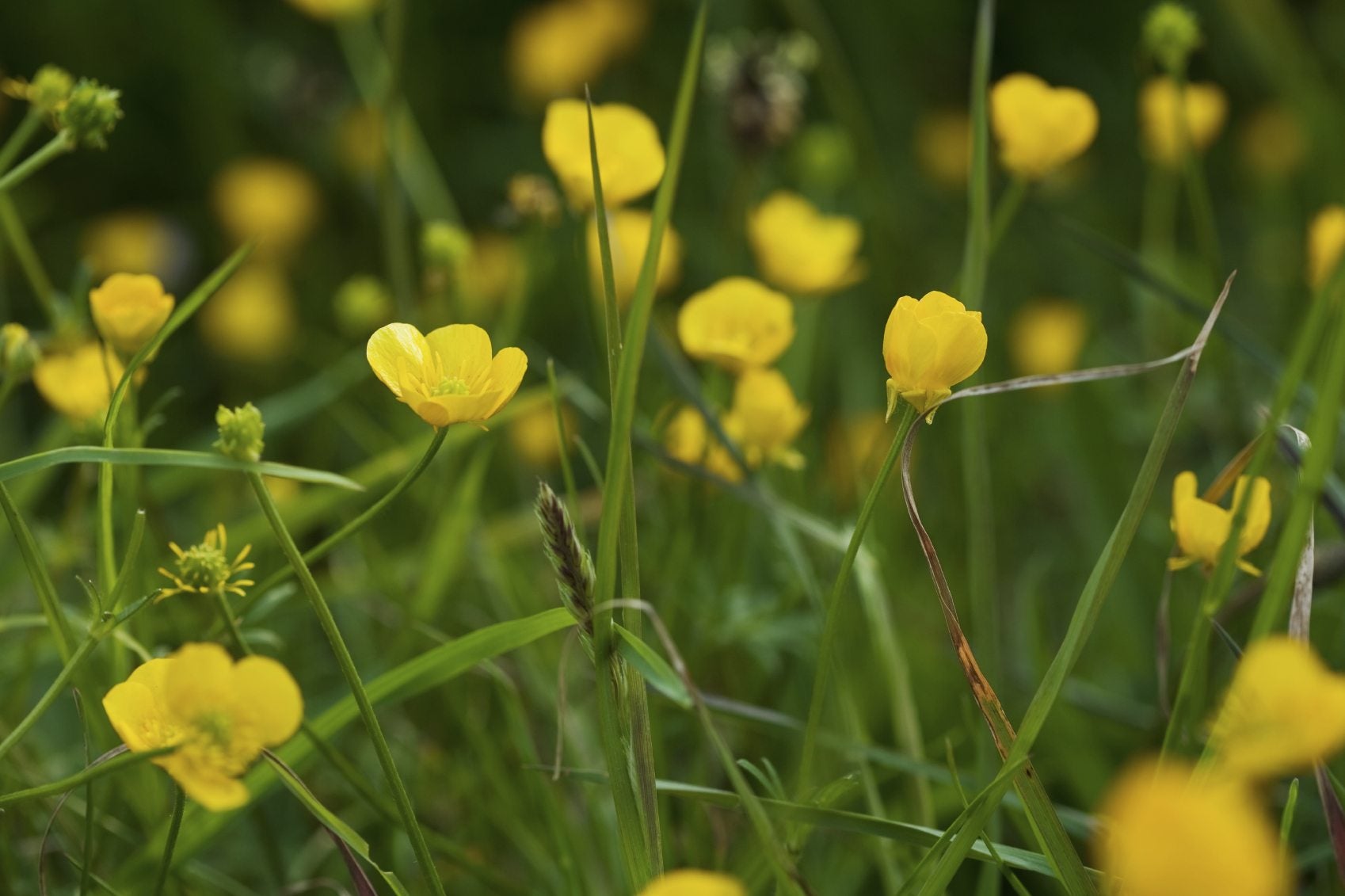Buttercup Control: How To Kill Unwanted Buttercup Weeds In Your Garden
Its cheery yellow flowers are quite pretty, but buttercup has an insidious nature and will insert itself craftily into your landscape. Learn how to kill buttercup weeds.


The cheery yellow flowers of the buttercup are actually quite pretty, but the buttercup has an insidious nature, and will insert itself craftily into your landscape.
The plant can be very difficult to control due to its habit of rooting at internodes and the long spidery roots that can re-sprout a new plant if left in the ground.
Controlling buttercup weeds is important in livestock areas, where the plant is toxic, but also in the home garden unless you like a tumble of interlocked foliage covering up your chosen specimens.
Buttercup Weed Information
Creeping buttercup is in the Ranunculus family and known for its lovely flowers. However, buttercup is considered by many to be a weed due to its invasive and prolific nature.
Buttercup control is particularly difficult in large scale infestations unless you wish to resort to an herbicide. Chemical control is one option, but there may be better ways to minimize the plant’s impact on your landscape.
The saying, “beauty is in the eye of the beholder,” may have the sting of truth in regard to buttercup. The plant would make a pretty picture gamboling over the landscape with its bright sunny yellow flowers and attractive lobed foliage, but grower beware: One of the most important tidbits of buttercup weed information regards its rampant growth habit. Not only do the plants seed like rabbits breed, but the creeping stems root and take hold as the plant scrabbles over the soil. Each newly rooted spot is a new plant.
Add to that, the plant can re-establish itself with just a root or stem fragment, and removing the weed is a challenge.
Sign up for the Gardening Know How newsletter today and receive a free copy of our e-book "How to Grow Delicious Tomatoes".
Controlling Buttercup Weeds Naturally
Minimizing the use of herbicides in the landscape is environmentally responsible and healthier for us and our planet.
A plant like buttercup grows low to the ground so common measures, such as mowing, will not touch the weed. In addition, hoeing or rototilling is not effective, as it leaves behind small bits of plant matter that can grow anew.
Hand pulling is possible in small infestations, but you must use a tool designed to remove deep roots and get every bit of the weed.
Wear protective clothing when handling the plants too, as the sap can seriously irritate the skin. There are no known biological controls at this time to kill buttercup weeds.
Changing the growing conditions in an area is one way to minimize the growth of the plant. Buttercup likes nutrient poor, compact soil with a low pH. Lower the acidity of soil, increase percolation, and fertilize for cultural buttercup control.
Other Ways to Kill Buttercup
Once you have tried all the steps above to kill buttercup weeds, and only if they are still persistent, it is time to consider reaching out for some professional help. Your local extension agency or garden center can help you learn what might be available for safely and organically removing this lovely, but invasive weed.

Bonnie Grant is a professional landscaper with a Certification in Urban Gardening. She has been gardening and writing for 15 years. A former professional chef, she has a passion for edible landscaping.